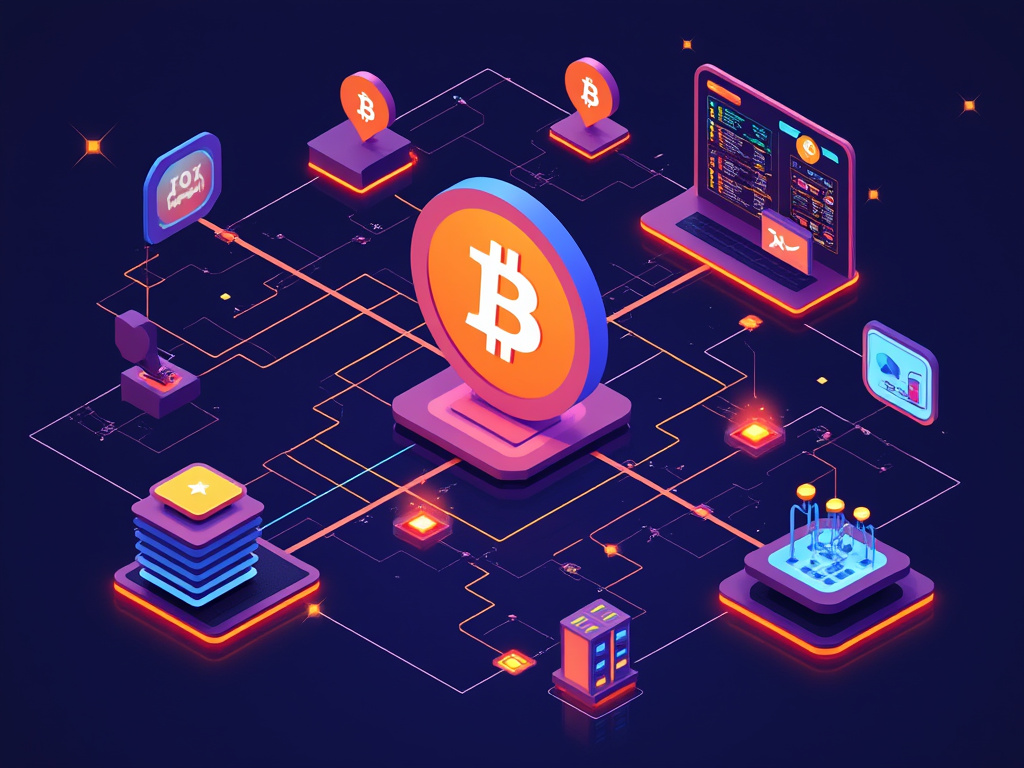
In the digital age, where information flows at the speed of light, blockchain technology emerges as a beacon of innovation, promising to revolutionize how we record, transfer, and trust data. Often associated with cryptocurrencies like Bitcoin, blockchain is, in essence, a distributed database that maintains a continuously growing list of records, called blocks, which are linked using cryptography. Each block contains a cryptographic hash of the previous block, a timestamp, and transaction data.
At its core, blockchain technology is about security, transparency, and decentralization. Imagine a world where contracts are embedded in digital code and stored in transparent, shared databases, where they are protected from deletion, tampering, and revision. This is the promise of blockchain. It’s not just a technology but a paradigm shift, moving away from centralized systems to a distributed network where all participants can reach consensus without needing to trust each other or any central authority.
The genius of blockchain lies in its simplicity and its robustness. Here’s what makes it stand out:
- Decentralization: Unlike traditional databases housed in a central location, a blockchain is maintained across a network of computers (nodes), each holding a copy of the entire blockchain. This reduces the risk of centralized failure and makes the system more resistant to cyber-attacks.
- Transparency and Immutability: Every transaction on a blockchain is visible to anyone with access to the system, creating unparalleled transparency. Once data is recorded in a block and the block is added to the chain, altering it becomes extremely difficult, ensuring data integrity.
- Security: By using cryptography, blockchain ensures that transactions are secure. Each block links to the one before it through cryptographic hashes, making unauthorized changes detectable and impractical.
- Smart Contracts: These are self-executing contracts with the terms directly written into code. They automatically enforce the rules and regulations of the contract, including the execution of agreements, making intermediary enforcement or trust unnecessary.
Blockchain’s applications extend far beyond cryptocurrencies. From supply chain management to voting systems, from identity verification to intellectual property rights, blockchain offers a backbone for a new type of internet where trust is established through math and code rather than through institutions.
However, with its vast potential, blockchain also faces challenges like scalability, energy consumption, especially in proof-of-work systems, and regulatory hurdles. This introduction aims to peel back the layers of blockchain technology, exploring its mechanics, its revolutionary applications, and the hurdles it must overcome to achieve widespread adoption.
Join us as we delve into the world of blockchain, a technology that could very well define the digital trust infrastructure of the future.
This introduction sets the stage for a deeper exploration into how blockchain works, its applications across various industries, and the future landscape it might shape.

